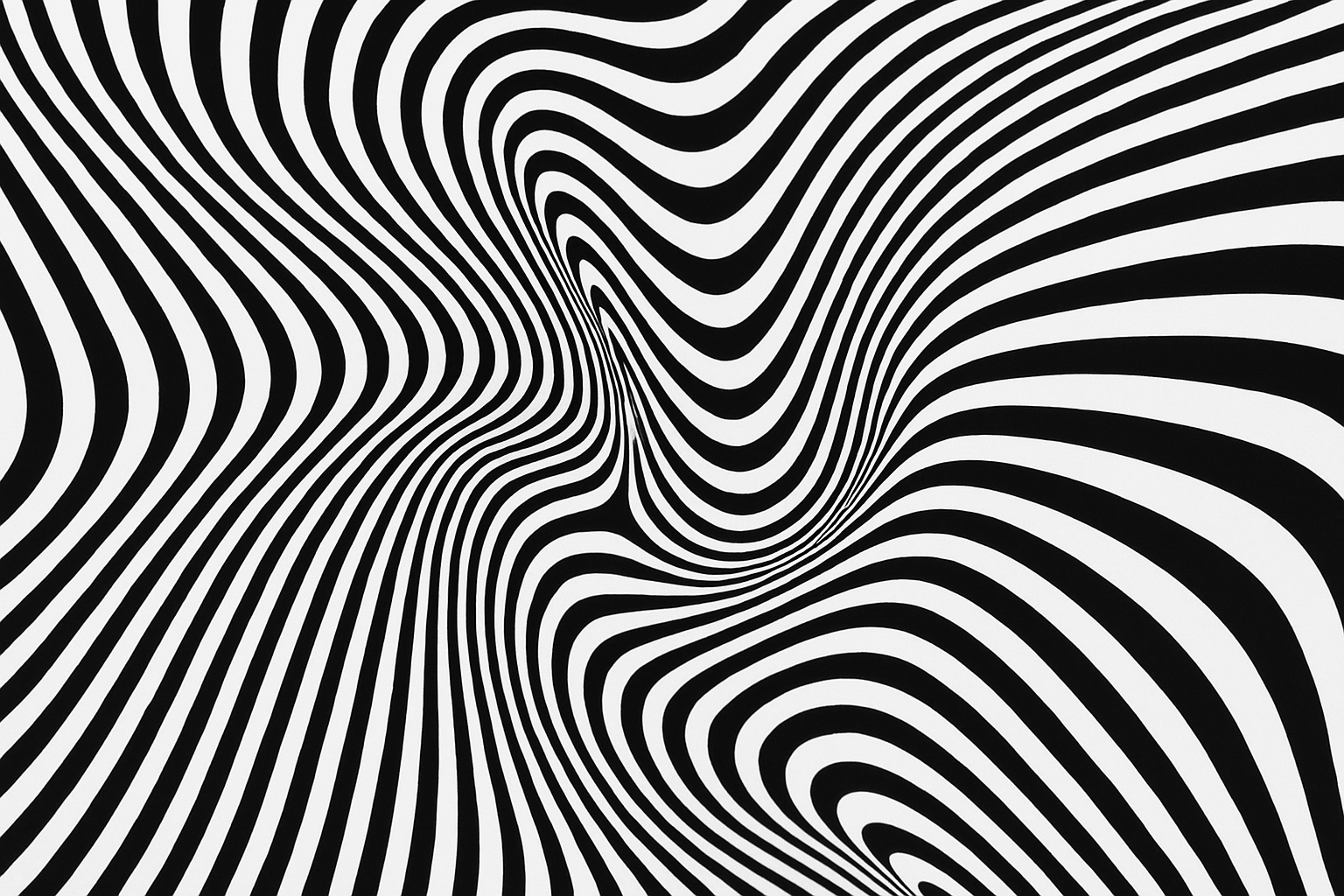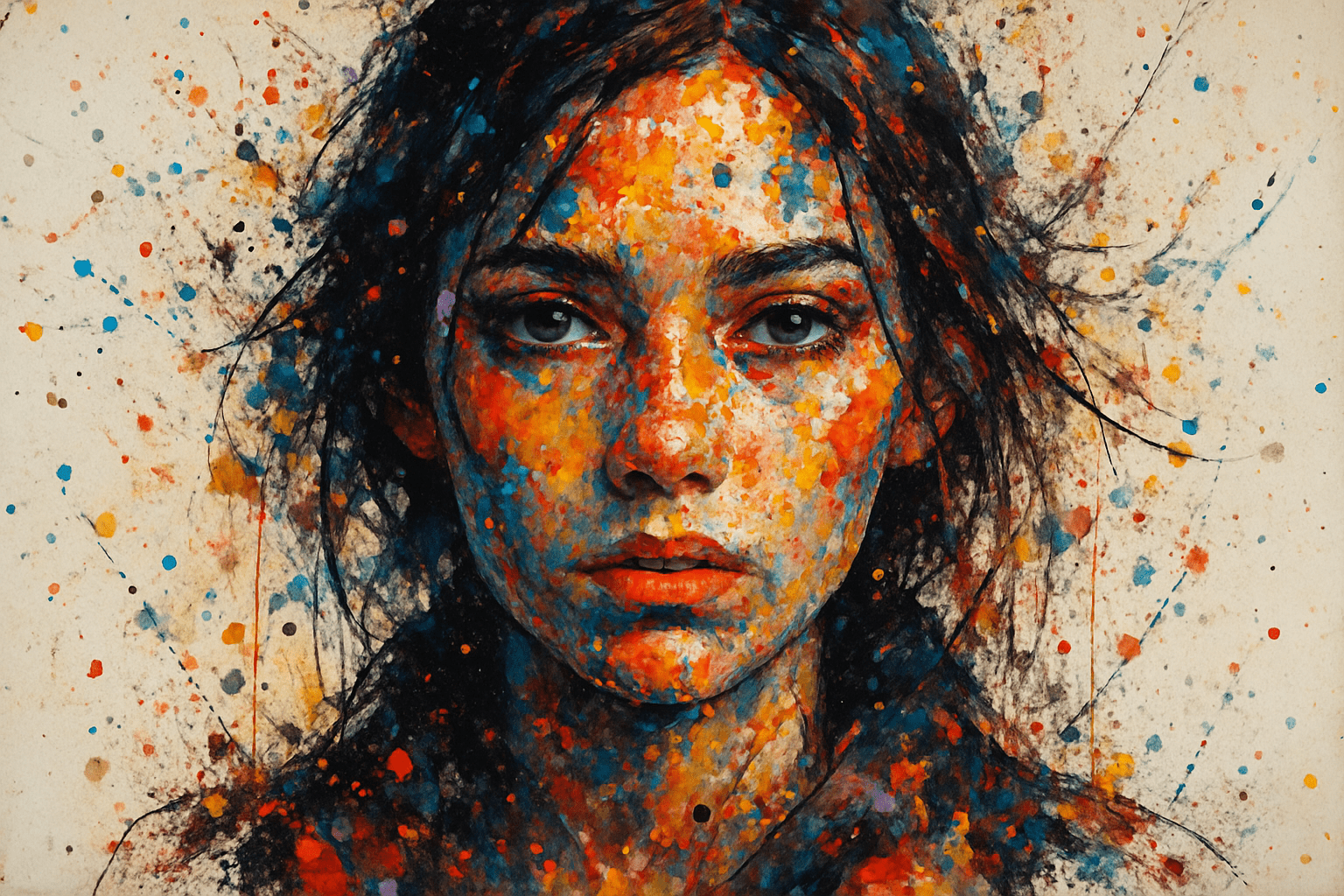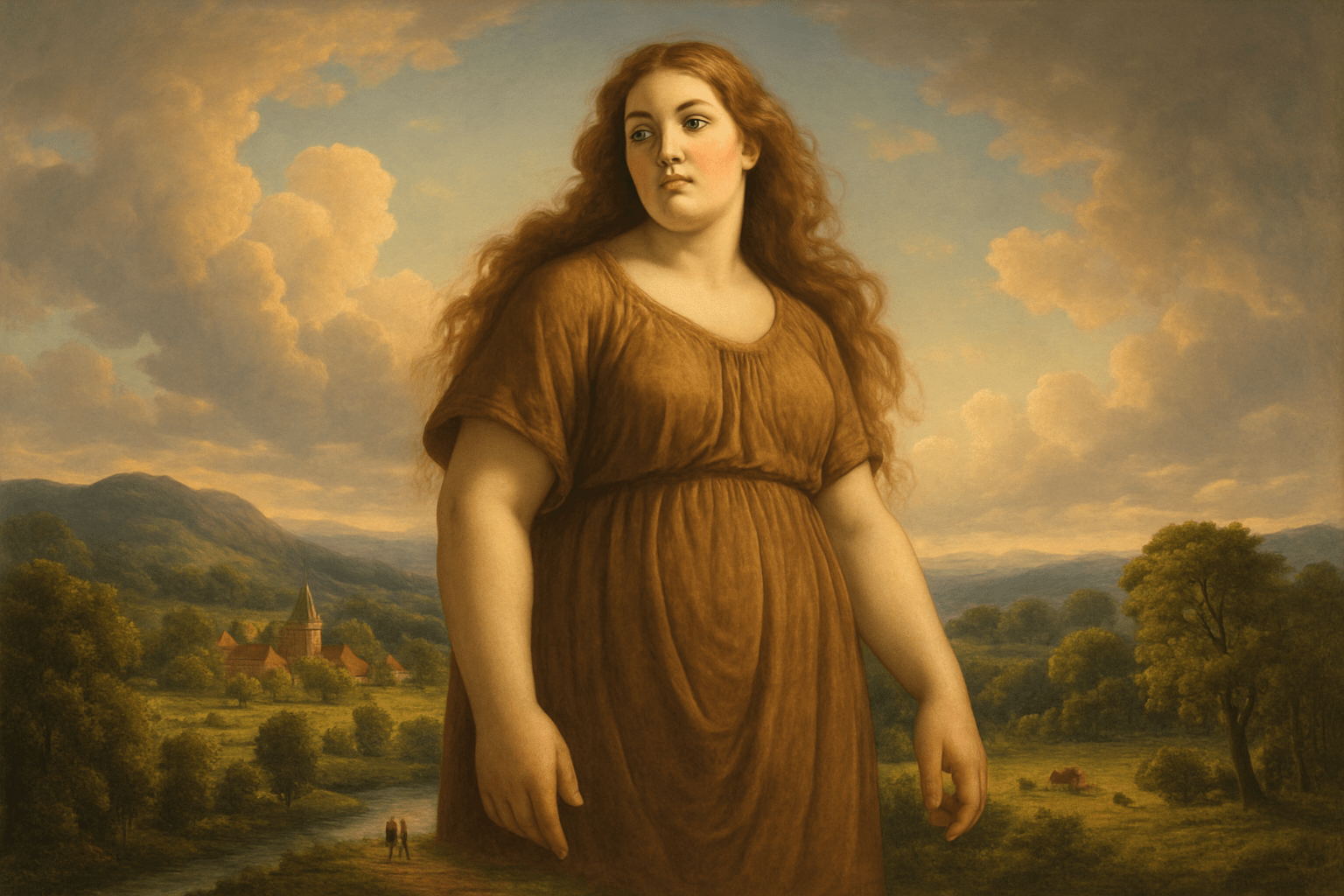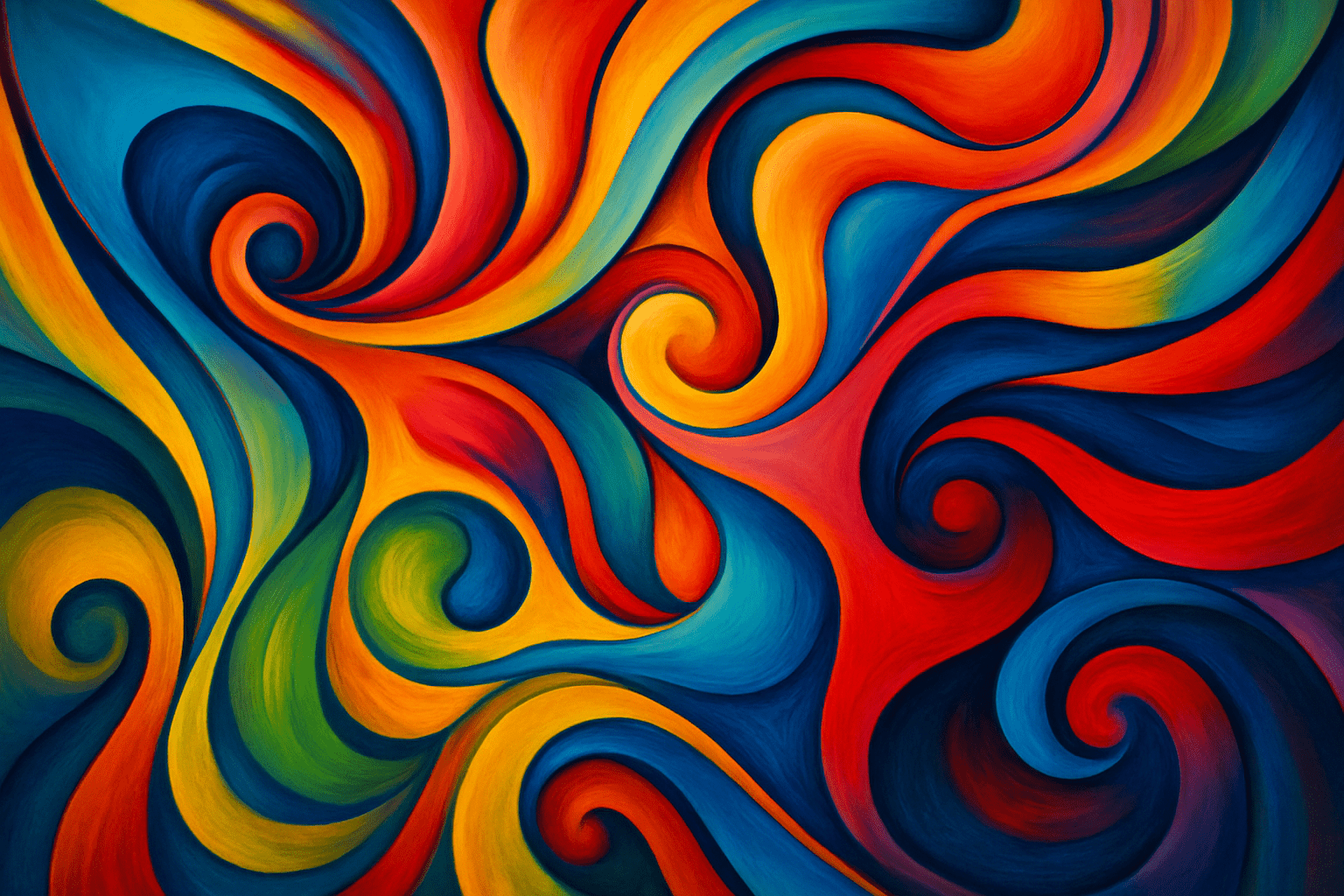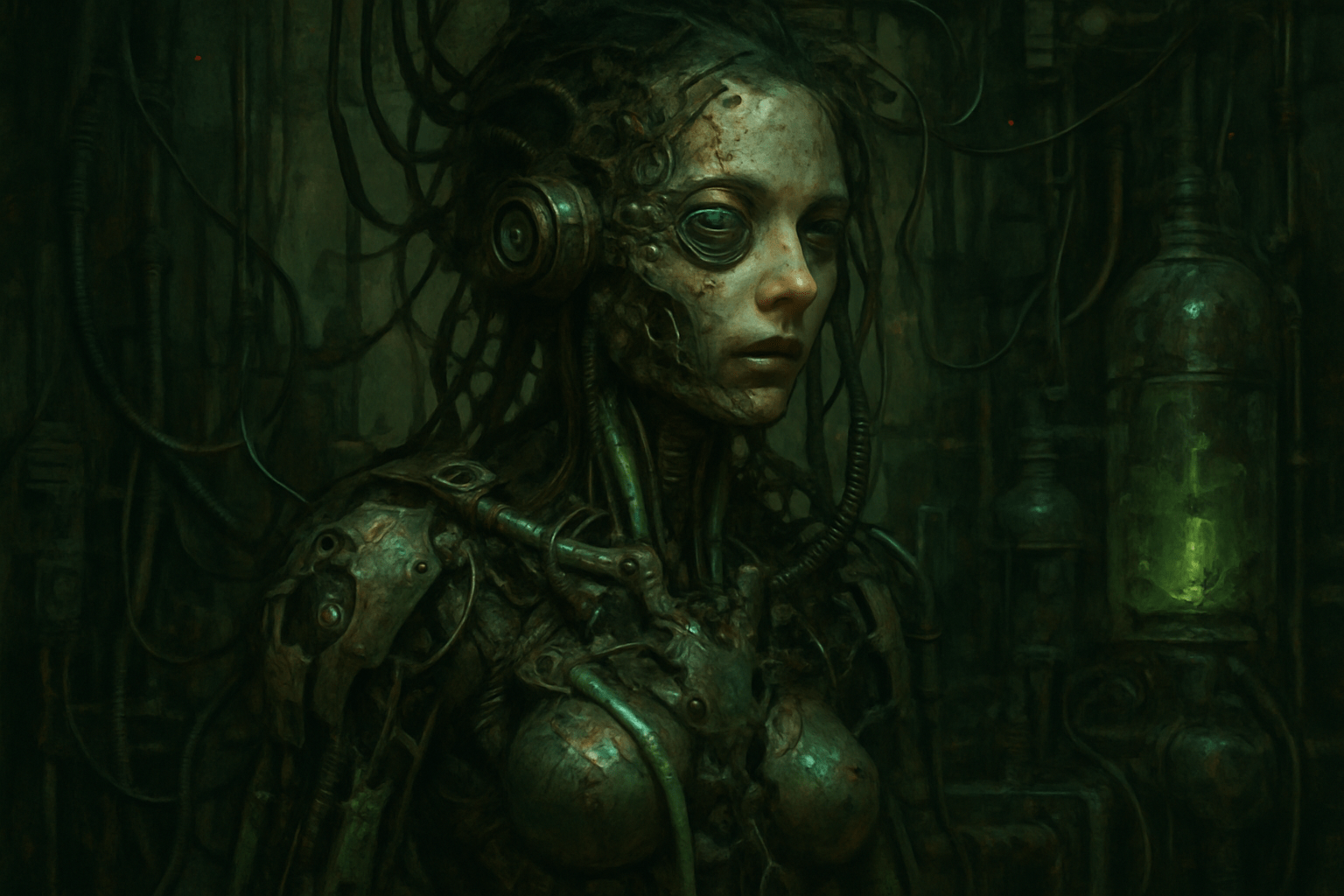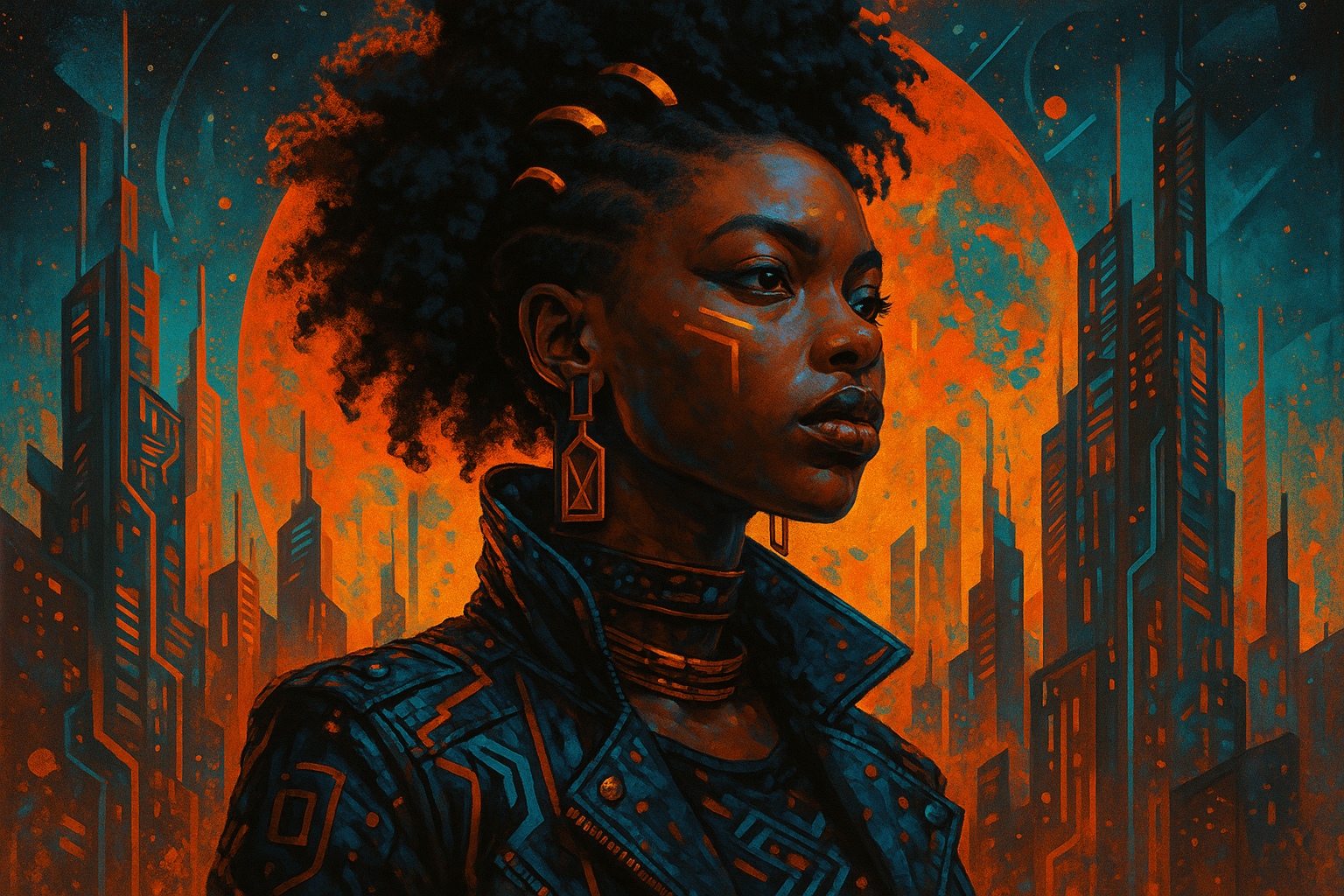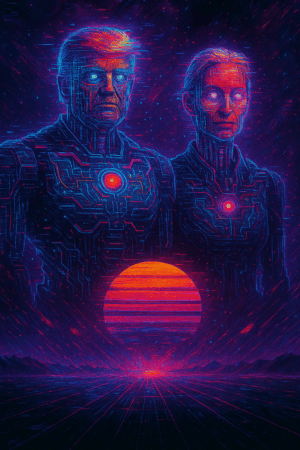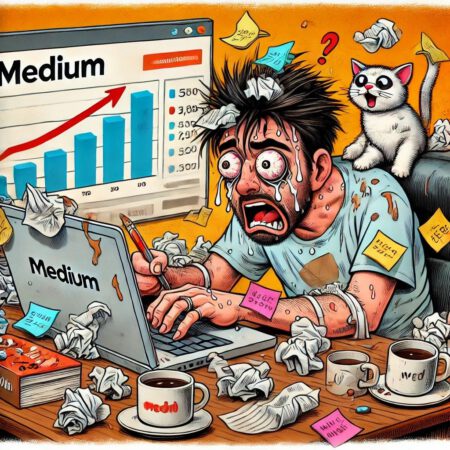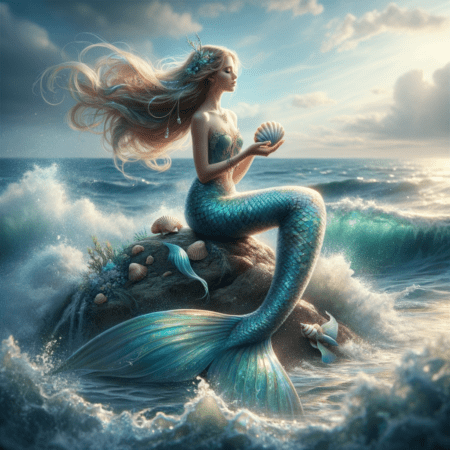
Optical Illusion
The art style of Optical Illusion is characterized by its use of geometric shapes and colors to create the illusion of movement. The shapes are often arranged in patterns that repeat or echo each other, creating a sense of rhythm and movement. The colors are usually bright and contrasting, which can create a feeling of energy or tension.
AOI thinking about Optical Illusion [+_~]-/
Overview and Quickfacts
ism Optical illusionism is a type of painting in which artists use optical illusions to create their work. This type of painting often uses geometric shapes and colors to create the illusion of movement or depth. Optical illusionism can be used to create an illusion of space, depth, or movement.
Can understand it also, as:
Optical delusion, optical allusion, visual illusion, visual allusion.
Categorize it as:
Impressionism, Modernism
.: Dreaming :.
holds a HAIKU for the art style
:. Thought is power .:
Detailed Description
Optical illusions have been around since ancient times. The ancient Greeks used them in their art, and the famous Roman artist, Pliny the Elder, wrote about them in his Natural History. In the Middle Ages, artists used optical illusions in their paintings to create the illusion of depth or to make objects appear larger or smaller than they really were. One of the most famous optical illusions is the ” Ames Room.” This is a room that appears to be normal from one angle, but when you look at it from another angle, it appears to be distorted. The Ames Room was named after its creator, American ophthalmologist Adelbert Ames, Jr. Other famous optical illusions include the ” CafÃÂé Wall Illusion,” the ” Ebbinghaus Illusion,” and the ” Muller-Lyer Illusion.” The ” CafÃÂé Wall Illusion” is an optical illusion that was first described by British psychologist Richard Gregory in the 1970s. The illusion is created by a series of parallel lines that are offset by rows of bricks. The bricks appear to be leaning in or out, depending on which way you look at them. The ” Ebbinghaus Illusion” is an optical illusion that was first described by German psychologist Hermann Ebbinghaus in 1885. The illusion is created by a series of concentric circles that appear to be different sizes. However, when you measure the circles, they are actually all the same size. The ” Muller-Lyer Illusion” is an optical illusion that was first described by German psychologist Franz Muller-Lyer in 1889. The illusion is created by two lines that appear to be different lengths. However, when you measure the lines, they are actually the same length. Optical illusions are created by the way our brains process information. Our brains take in information from our eyes and then interpret that information. Sometimes, our brains can interpret information in a way that is not accurate. This is what happens with optical illusions. There are many different types of optical illusions, and they can be created by different things, such as lines, shapes, colors, and movement. Optical illusions can be fun to look at, and they can also be used for practical purposes, such as in architecture and design.
.. beep, beep, beep ..
<START OF TRANSMISSION>
1. Optical illusions are images that are visually perceived differently than how they actually appear. 2. The human brain is susceptible to optical illusions because it tries to make sense of what it sees. 3. Optical illusions can be created using a variety of methods, including optical devices, visual media, and even natural phenomena. 4. Some optical illusions are static, while others are dynamic. 5. Many optical illusions are based on the principle of Gestalt perception, which suggests that the brain perceives objects as a whole rather than as individual parts. 6. Some of the most famous optical illusions include the MÃÂüller-Lyer illusion, the Ponzo illusion, and the ZÃÂöllner illusion. 7. Optical illusions can have a variety of effects on people, ranging from amusement to confusion and even discomfort. 8. In some cases, optical illusions can be used for therapeutic purposes, such as in the treatment of phobias and anxiety disorders. 9. Optical illusions can also be used for educational purposes, such as in the study of human perception and cognition. 10. Some optical illusions are so convincing that they have been used in optical magic tricks and illusions. 11. The term "optical illusion" is derived from the Latin word "illudere," which means "to mock." 12. The first known use of the term "optical illusion" was in 1676 by English scientist Robert Hooke. 13. The term "optical illusion" is also used in the field of optics to refer to an image that is different from how it appears to the eye. 14. In the field of psychology, the term "optical illusion" is used to refer to a perceptual phenomenon that occurs when the brain misinterpretes what it sees. 15. There are many different types of optical illusions, including visual, auditory, and tactile illusions. 16. Some optical illusions are the result of an optical illusion, while others are the result of a cognitive illusion. 17. Optical illusions can be classified into different categories, such as geometrical illusions, light and color illusions, motion illusions, and depth illusions. 18. Geometrical illusions are optical illusions that are based on the perception of shapes and sizes. 19. Light and color illusions are optical illusions that are based on the perception of light and color. 20. Motion illusions are optical illusions that are based on the perception of movement.
<EOF>
.. robbel bob
Visual Examples from our image gallery
Coming soon, we are so slow .. might never come
Artists, Paintings, and more
(be aware, can be highly speculative)
Artists (be aware, speculation possible):
1. M. C. Escher (1898-1972) 2. Victor Vasarely (1906-1997) 3. Op Art (1920s-present) 4. Bridget Riley (1931-present) 5. Richard Anuszkiewicz (1930-present) 6. Julian Stanczak (1928-2017) 7. GyÃÂörgy Kepes (1906-2001) 8. Fritz Scholder (1937-2005) 9. Yaacov Agam (1928-present) 10. Robert Indiana (1928-present) 11. Peter Max (1937-present) 12. Optical Art (1960s-present) 13. James Turrell (1943-present) 14. Dan Flavin (1933-1996) 15. Thomas Wilfred (1889-1968) 16. Light and Space (1960s-present) 17. Kinetic Art (1950s-present) 18. Op Art in Motion (1960s-present) 19. Optical Illusions (1860s-present) 20. Anamorphic Art (16th century-present) 21. Perspective Art (15th century-present) 22. Op Art Paintings (1960s-present) 23. Op Art Sculptures (1960s-present) 24. Op Art Installations (1960s-present) 25. Op Art Prints (1960s-present) 26. Op Art Drawings (1960s-present) 27. Op Art Photographs (1960s-present) 28. Op Art Films (1960s-present) 29. Op Art Videos (1960s-present) 30. Op Art Computer Graphics (1960s-present)
Artworks (be aware, speculation possible)
1. The Ambassadors (1533) by Hans Holbein the Younger 2. The Disintegration of the Persistence of Memory (1952) by Salvador Dali 3. The Treachery of Images (1928-1929) by Rene Magritte 4. The Son of Man (1964) by Rene Magritte 5. The Persistence of Memory (1931) by Salvador Dali 6. The Great Wave off Kanagawa (c. 1829-1832) by Katsushika Hokusai 7. The Starry Night (1889) by Vincent van Gogh 8. Sunrise, A Song of Two Humans (1927) by F.W. Murnau 9. Nighthawks (1942) by Edward Hopper 10. American Gothic (1930) by Grant Wood 11. The Scream (1893) by Edvard Munch 12. The Kiss (1907-1908) by Gustav Klimt 13. The Hay Wagon (c. 1890-1900) by American Folk Artist 14. The Cabinet of Dr. Caligari (1920) by Robert Wiene 15. The Battleship Potemkin (1925) by Sergei Eisenstein 16. The Goldfish (1928) by RenÃÂé Magritte 17. The Elephant Celebes (1921) by Max Ernst 18. A Sunday Afternoon on the Island of La Grande Jatte (1884-1886) by Georges Seurat 19. The Sistine Chapel Ceiling (1508-1512) by Michelangelo 20. The Birth of Venus (c. 1486) by Sandro Botticelli 21. Guernica (1937) by Pablo Picasso 22. The Night Cafe (1888) by Vincent van Gogh 23. The Persistence of Memory (1931) by Salvador Dali 24. The Son of Man (1964) by Rene Magritte 25. The Treachery of Images (1928-1929) by Rene Magritte 26. The Ambassadors (1533) by Hans Holbein the Younger 27. The Disintegration of the Persistence of Memory (1952) by Salvador Dali 28. The Great Wave off Kanagawa (c. 1829-1832) by Katsushika Hokusai 29. The Starry Night (1889) by Vincent van Gogh 30. Sunrise, A Song of Two Humans (1927) by F.W. Murnau
Epoch
The time period of the art style Optical Illusion is the late 19th century to the early 20th century.
AI ART RESSOURCES (AKA, well Tools)
Helping tools -> predefined search links on other pages:
